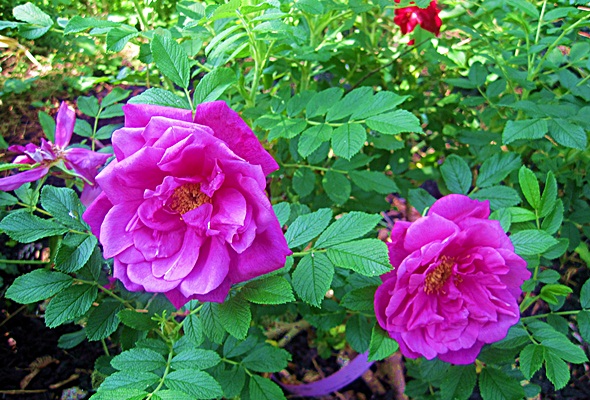Planting orchids is a common passion for people around the earth.
These kinds of flowers are usually a favorite among horticulturists. For the natural beauty which that they present is a lot of hard jobs that the gardener will have to put in. If you are planting orchids, you will certainly have to have a quite a bit of diligence to ensure that the flowers may be impeccably attractive. Here are essential issues which you need to hold in the head if planting orchids.
Orchids tend to be the perennial plants which belong to the genus identified as "Orchidaceae". Orchids are the most passionately grown plants in the globe and moreover, have been symbols for the exotic and mysterious and signify romance, extravagance. Orchids are some of the most bizarre and also diversified flowers on the globe, and they generally grow in almost every colour and any form.
There are different ways of planting orchids. In order to help the orchids grow proper all of materials provide need to be well aerated and have good water flow. Take, for instance, pot, bark of woods' trunk, coconut shell, etc. Different components like as cracked bricks, charcoal, coconut husks, etc. are most quite good for planting orchids as to offer the plants to be firmly anchored.
Certain of the orchids are demanded to become shield to grow very well. Few instances of that is the Cattley, Phalenopsis and the Dendrobium. In contrast to Vanda, Renanthera, and Morakar as they consistently need direct sunlight. Almost all the seedlings will certainly generally improve better underneath a shade because it often will help to secure from heat and raindrops.
Most of the commercial flowers are demanded to be replanted once each 5 year as then plants and flowers are no longer strong and also balanced. Fertilizer is actually essential in planting orchids.Orchids need more nutrition through their active growth and also through their different growth phase. The inorganic chemical compounds may be used. But it needs to be dissolved in water. After dissolving it, you need to spray on to the plant, both at the root and also leaves of the plants two times a 30 day.
There is definitely no specific timing for watering, but you can harm the flower by over watering. So remember not to over water the flower. Always water the plants depending upon the situation of the conditions. It is usually the extremely crucial task when planting orchids.
Sheron is an orchid enthusiast and self proclaimed orchid lover. Check out her website for tips caring for orchids and advices on pruning orchids. Make sure grab a Free copy of orchids care mini course.






